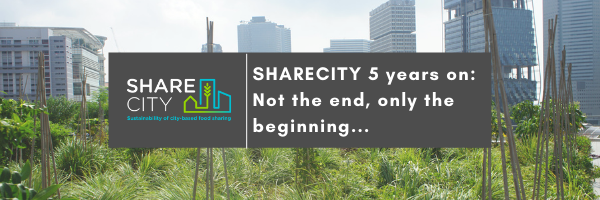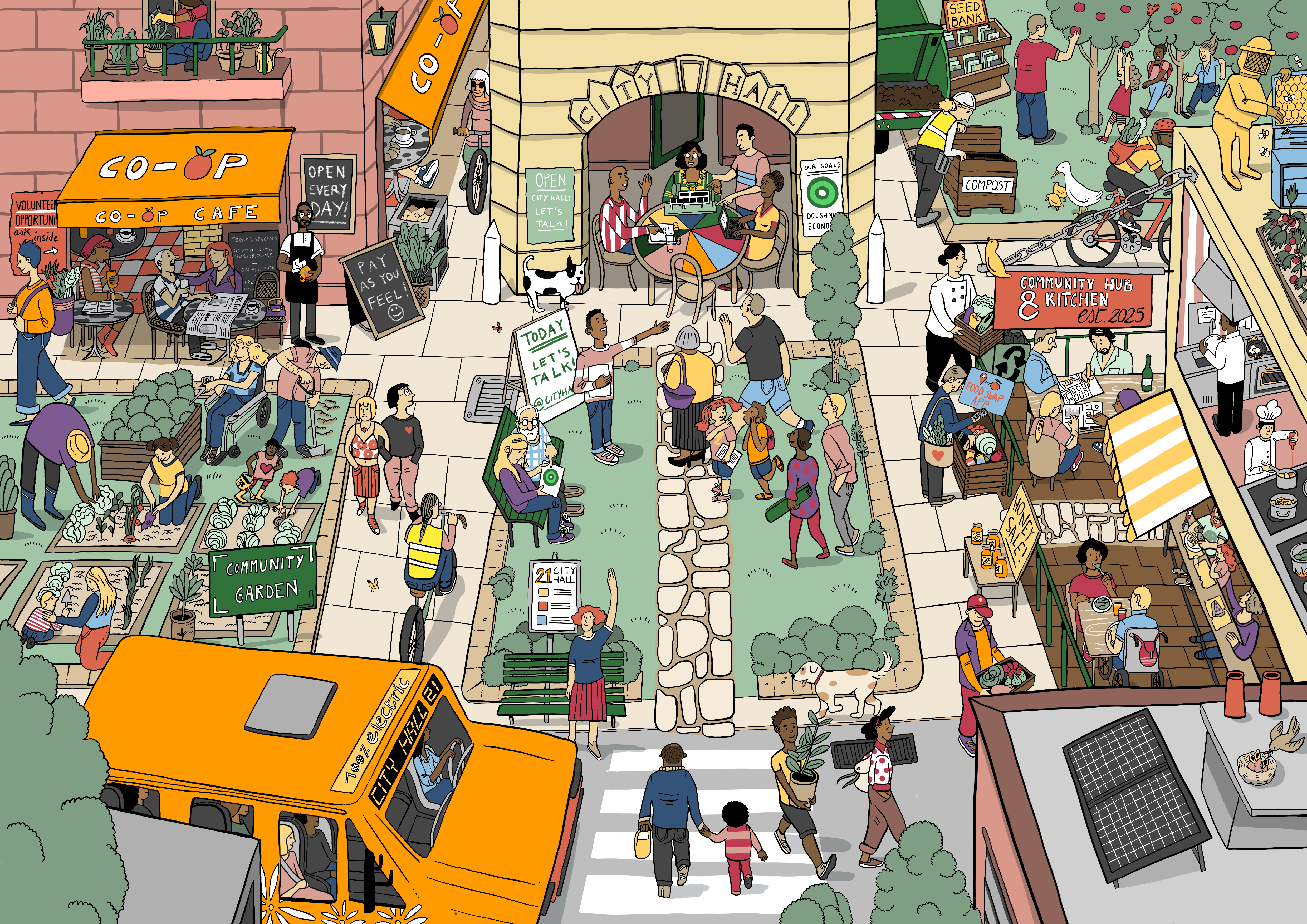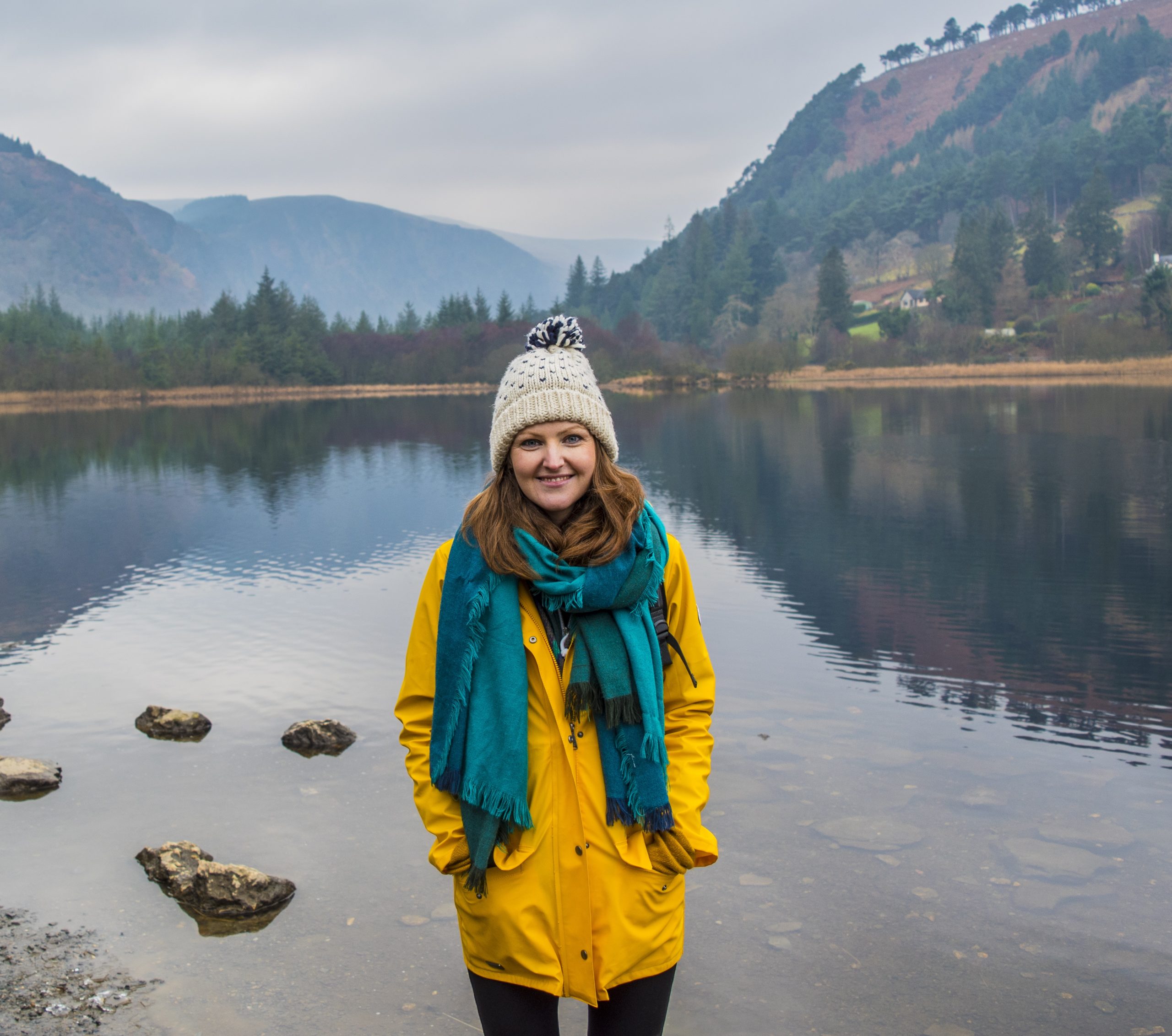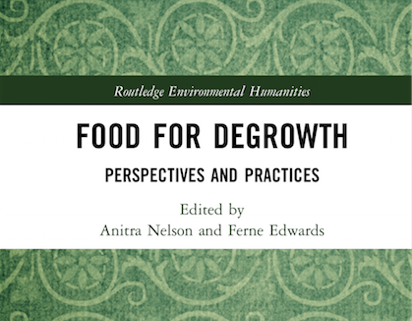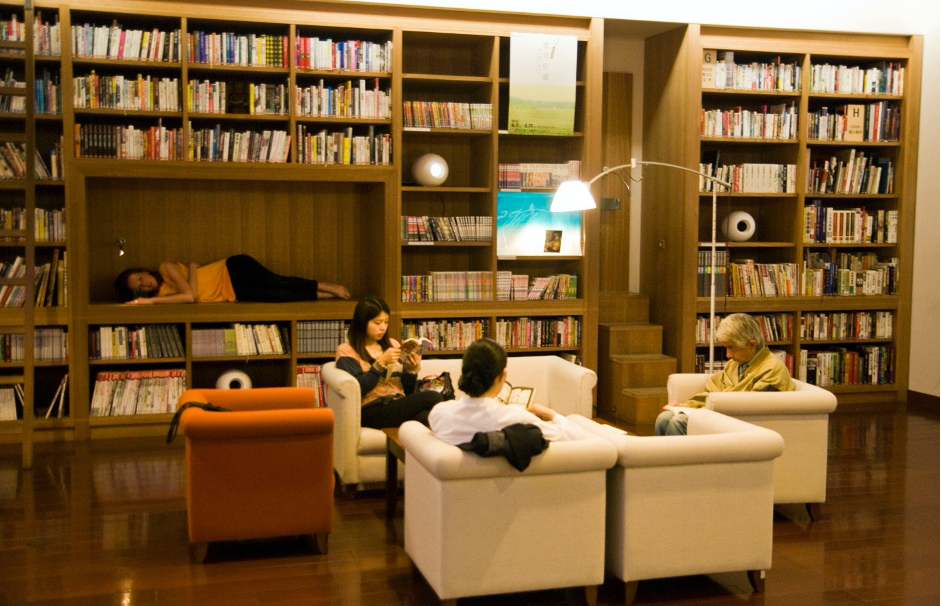Q&A with Anna Davies, project lead for the ShareCity project
Published by SHARECITY on the 30th September 2019.
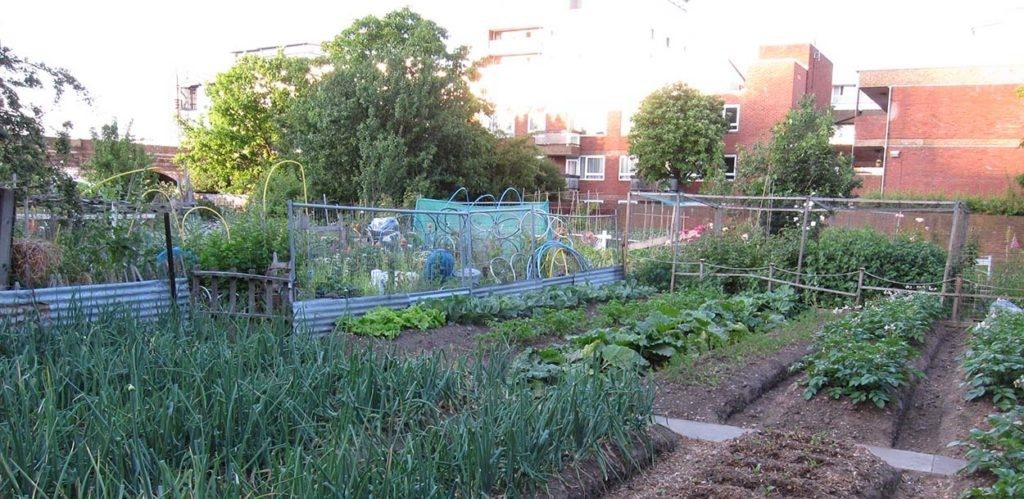
This post initially appeared on SHAREABLE on 21/08/2019
Commenced in 2015, SHARECITY is an innovative, large-scale global project exploring the growing practice of food sharing in cities. Its principal investigator is Anna Davies, Professor of Geography, Environment and Society at Trinity College Dublin. Davies’ Urban Food Sharing: Rules, tools and networks is a fascinating new book about the current food-sharing environment, available via open access.
Dan Hancox: What are the origins of SHARECITY— what led to the project, and how did you get involved?
Anna Davies: ShareCity is built on a proposal I submitted, and findings of research that I’ve conducted over the past 15 years. We’ve got a five-year grant, multiple millions in terms of budget, and it’s a real project at scale, a rare opportunity to look at issues around food consumption, sustainability and the environment at a global scale. It came out of brainstorming with policymakers, futurists, and academics — all sorts of different people — who intuitively felt that looking into greater collaboration around food was the way forward.
We’re interested in how smart technologies can connect people, not just within your family but down your street, in your communities — using things like smart fridges and also collective growing experiences, community gardens, and shared spaces for people to come together and eat, with others.
Sharing food and breaking bread together has been around for as long as we’ve been in existence. We wanted to know how technology was helping people making those connections. For food-sharing initiatives — unlike say Uber or Airbnb, these for-profit sharing platforms — food doesn’t last that long, it’s not that durable. So quick, easy connectivity is obviously really important, even more so than for cars or places to stay on holiday.
DH: How did the mapping of the food-sharing initiatives work? Establishing this huge database must have taken some time.
AD: We wanted to know what was out there already and needed to map these initiatives, with limited time and resources — we couldn’t visit all these countries. So we took 100 cities where we knew that there was some food sharing going on already, as a prerequisite. From this research we built the SHARECITY100, which is available on the website. It’s an interactive online database, you can search by city, by what is shared, and by the mode of sharing.
We then worked with a number of these food-sharing initiatives to co-design a sustainability assessment toolkit, to explore the kinds of impact that their work has because we know that it is much more than simply “kilograms of food diverted from landfill.” Even though that’s an important metric for many of them, they do much more than that, and we want to help them demonstrate the other benefits of what they’re doing. We all eat food! But what difference does it make when we share it? Whether that’s cooking together, eating together, or redistributing it to others.
DH: I found the reference in your book to our roots in foraging societies fascinating. Is the suggestion that there is something innate to human sociability and cooperation that we see when people grow, cook and eat food together?
AD: We’re social beings, that’s not a controversial fact. From the bedrock of human civilization as hunter-gatherers, there was food sharing based on pragmatic but also social needs but then even beyond that, in agricultural societies, where the notion of gleaning the crops and working with others in informal ways allowed people who were hungry to eat.
What’s interesting to us is how persistent some aspects of this are, despite the increasing commodification of food as a commercial product, and the individualization of society, in the way we live now.
DH: Can you talk us through some of the cities and the countries that you selected to zero in on for greater focus, and how those contexts are different?
AD: Firstly we were interested in Ireland and Dublin, as it’s my base, trialing our methodologies. We wanted to look at contrasting contexts. So in Europe, for example, we selected places like Athens, versus Berlin. This research began eight years after the great economic crisis in 2008, with two countries which were affected very differently by it — so you have the clear impact of austerity in Athens, alongside the refugee crisis, in a country that was devastated by the recession socially, economically and environmentally. Compared to Berlin, which is within a much more economically stable German context, and also has historically had quite a lot of independence and progressive activities around food and community work.
DH: Can you explain how community fridges work?
AD: They’ve emerged as a grassroots innovation to provide open access to food, beyond something like a particular garden or a community meal — the idea is that these community fridges are placed in a public space, maybe in a hallway or a community centre, or something like that, to provide food for those who need it, as and when they need it. The idea is to de-stigmatize the notion of needing to go to a food bank. Of course, that has its own challenges.
DH: I was intrigued to read about the 350 public fridges in Germany supported by foodsharing.de — are there similar networks elsewhere?
AD: It’s happening all over — so in the U.K., you have the Hubbub Foundation, supporting the community fridge network there, offering advice. They have around 70, placed around the U.K. Freedge, an American initiative — which has piloted community fridges in North America, South America, Eastern Europe, and France — there are these informal networks emerging.
DH: There’s also a reference in the book to “decriminalizing” informal food-sharing initiatives — is that necessary because authorities are regularly intervening and shutting initiatives down on health and safety grounds?
AD: That’s right — what we’re trying to find out at the moment, by bringing together policy-shapers, practitioners and academics, is how much the different challenges food-sharing initiatives face are very place-specific, and how much they are based on the global agri-food system. These are usually small grassroots initiatives, often with very clear, positive goals, and I wonder how realistic it is to expect them to shift this global agri-food complex.
Here, we have a European-wide directive around food safety, so even with some recent guidelines to help increase the donating of food, every initiative that handles surplus food, or cooking events, still has to adhere to a policy which was set up primarily for commercial, large-scale operations. So ultimately you are considered to be a business, even if you’re a not-for-profit. You have to have a responsible individual, who takes liability, to ensure things like the cold chain is maintained. And the problem with something like community fridges is you don’t know who puts stuff in, and you don’t know who takes stuff out — and no self-respecting food safety authority will ever say that’s a good idea.
In Germany, foodsharing.de, which was pivotal in setting a lot of these community fridges up, have an ideological position of “food as commons.” Their whole initiative is based on this idea that food is a common good, and a common responsibility, so they didn’t feel that they wanted to have an individual responsible for the risk.
But there are a range of challenges. For community gardens, shared gardens, getting access to secure land is the main issue: they often emerge on bits of land which are zoned for development but haven’t yet been developed, so are living on borrowed time. Which is why organizations like Skip Garden and Kitchen in London, on the King’s Cross development site, created this concept of a ‘skip garden’: a mobile garden.
DH: What’s next for SHARECITY?
AD: We have two major things left in the project: the Share-It assessment tool, which we’re going to get online, to help the different schemes share what worked, and explain the impacts of what they do — so if, say, a community garden is threatened by redevelopment, they can communicate to their neighbors and to policy-makers the fact that there is evidence that even walking past the green space, never mind working in it, gives people mental or physical health benefits, reduces blood pressure, reduces loneliness, and so on. We also have a third space called the Greenhouse, which is going to be like a “Tinder for food-sharing initiatives,” a matchmaking service, so they (sharing proponents) can discuss what works with each other. And then the second thing is a big workshop in September, which is about co-designing a supportive policy environment for sustainable food sharing — and there will be a report we publish shortly afterward, with a kind of manifesto for policy-makers on how to provide a supportive environment for food sharing.
This interview has been edited for length and clarity.
Dan Hancox is a native Londoner who writes about music, politics, gentrification, cities, protest, public space, food, multicultures, social movements, Spain and more.
© 2015 - 2024 ShareCity | Web Design Agency Webbiz.ie


